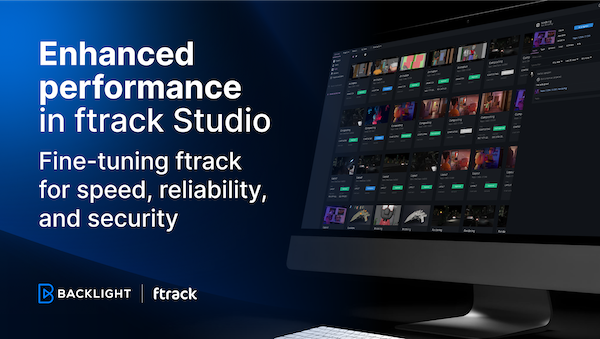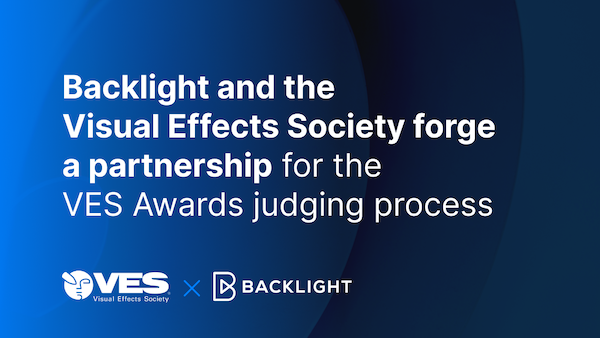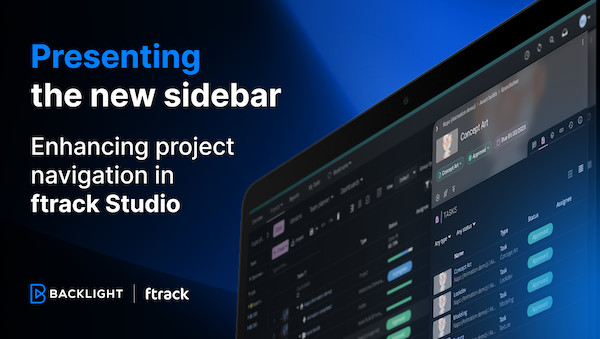Whether we like it or not, conference calls and screen sharing are now the norm for creative work, but there are downsides to this approach. Below, Product Manager Neil Wilson discusses our cineSync technology and how it circumvents the security and artistic concerns that undermine screen sharing’s efficacy.
The visual effects industry has entered an unprecedented age of remote work. Coronavirus lockdowns have moved the production of high-end visual effects online, as studios send entire workforces home to minimize the spread of COVID-19. That’s put sudden pressure on studio infrastructure, as new hybrid or full cloud processes take the place of previously air-gapped workflows and established pipelines undergo a test of mettle.
Studio-to-studio collaboration is hardly uncommon. But fully remote pipelines, where geography separates not just departments but every individual, is an approach still in its infancy. Having it enforced upon us all with such abruptness reintroduces the age-old questions around security, especially as thousands flock to video conferencing platforms as a replacement for face-to-face meetings. However, is this the right choice?

As the creator of remote review and approval product cineSync, we’re very aware of our responsibility during this pandemic, and we’re working to ensure that our tools remain robust and reliable during this time. We wanted to take this opportunity to remind our users and those considering new platforms for remote collaboration that cineSync is fully prepared to meet the creative and security requirements of remote collaborative workflows – and more so than existing screen share solutions.
Let’s take a look at why cineSync remains a great go-to option for remote creative collaboration, and why it’s more reliably secure than other options currently being put to use.

The case against screen sharing – creative feedback
The surge in remote work has underscored the necessity of tools like Zoom and Evercast in our scattered creative industry. And they’re great for a lot of reasons: you can immediately connect with people face-to-face, run through meeting notes, share content for discussion, and more. But if you’re looking for a secure and accurate remote creative collaboration, these solutions will let you down.
For starters, screen sharing tech cannot supply the quality levels necessary for valuable and effective feedback. Screen sharing in Zoom, for example, works on delay. You can never be quite sure that you and your collaborators see the same thing as content streams from one device to another. This lack of real-time sync isn’t an issue when discussing a presentation or Google spreadsheet, but when the discussion centers on complex, high-end visual effects, that delay can lead to miscommunication that snowballs into expensive costs later down the line.
Similar costs occur when creatives attempt to discuss high-fidelity visuals via low-quality screen sharing, which is entirely bandwidth dependent. Dropped frame rates and a low-resolution picture aren’t ideal when diving into the details of a beautiful, panoramic shot or commenting on work in progress at a professional level.
cineSync works differently. It plays high resolution, high framerate video perfectly on both sides of the review session, regardless of bandwidth, because all content is stored locally.
This picture-perfect reproduction of screen-to-screen content, whether shared across the street or across the globe, is why cineSync is so well-used the world over. It allows creatives to fully sync up, technically and creatively, without concern for misinterpretation that can set progress back by several iterations. That’s important in an industry such as ours.

The case against screen sharing – security
We built cineSync for the creative and film industries, which is synonymous with saying we made cineSync to meet some of the most rigorous security standards around. cineSync is a far more secure solution than cloud-based alternatives. Here’s why.
Streaming solutions like Evercast are generally managed via third-party infrastructure, meaning that your data passes through systems you can’t control. We don’t see this as a viable way of working in such a security-conscious industry.
With cineSync, your media stays in your control. As previously mentioned, the content under review is stored locally on the hardware of those collaborating in the review session. The cineSync platform does not store media, and no media file will ever pass through our servers. cineSync knows the frame – and that’s it. The only information transferred during a session are sync commands, such as “go to frame 117” or “pause”, and those instructions are 256-bit encrypted. Your content is yours and yours alone.
When ensuring the content under review exists on both ends of the review session, our customers often choose to transfer media files via their own approved internal processes and then have cineSync bring them together for an interactive review. Several customers also perform interactive reviews between facilities while keeping their data locked behind a firewall. Again, all cineSync communication is 256-bit encrypted control data – no media is streamed.
cineSync users can also transfer files via one of cineSync’s integrated plugins, such as ftrack Studio, Shotgun, and Aspera. In this situation, the user can choose to have the files encrypted on transfer, leaving them encrypted on the target machine. The data is only decrypted into RAM during the cineSync session and automatically deletes from the target machine at the review’s conclusion, which keeps things locked tight.

Creativity and security, together
Screen sharing is fantastic for remote collaboration…if the success of what you’re collaborating on isn’t ultimately dependent on extremely high visual quality, and if the potential of it leaking isn’t highly detrimental to your business goals. If these last two statements do impact on your business and the work that you create, then you absolutely cannot afford to rely on streaming to discuss, collaborate on, and iterate upon your content.
cineSync brings creative collaboration and security together because media remains local to each machine in the review. The content doesn’t risk undesired exposure to peering eyes via poorly managed cloud security, and it can be viewed at the highest quality no matter the file size. 4K? 60fps? cineSync will handle it, regardless of bandwidth.
Streaming and screen sharing solutions have their place in the remote world of work that is now the status quo, but they cannot and should not compete with the security and quality of cineSync reviews. It all depends on what you’re working on and what you want to achieve. If that’s creative collaboration with high standards and stringent security criteria, cineSync is the ideal choice.
Your remote workflow, solved
Find out how cineSync and ftrack can help your creative company make the transition to remote.

More from the blog

Enhanced performance in ftrack Studio: Fine-tuning for speed, reliability, and security
Chris McMahon | API, Developer, New features, Product, Productivity, Studio | No Comments
Backlight and the Visual Effects Society forge a partnership for the VES Awards judging process
Kelly Messori | Case Study | No Comments
Presenting the new sidebar: Enhancing project navigation in ftrack Studio
Chris McMahon | New features, Product, Release, Studio | No Comments
Achieving Better Feedback Cycles and Faster Nuke Workflows at D-Facto Motion Studio
Kelly Messori | Case Study, Studio | No Comments
Making the switch: The transition to cineSync 5
Mahey | Announcements, cineSync, News, Product | No Comments
Supporting Your Studio: Free ftrack Studio Training and Office Hours from Backlight
Kelly Messori | News | No Comments
What’s new in cineSync – a deeper iconik integration, laser tool, OTIOZ support, and more
Chris McMahon | cineSync, New features, Product, Release | No Comments